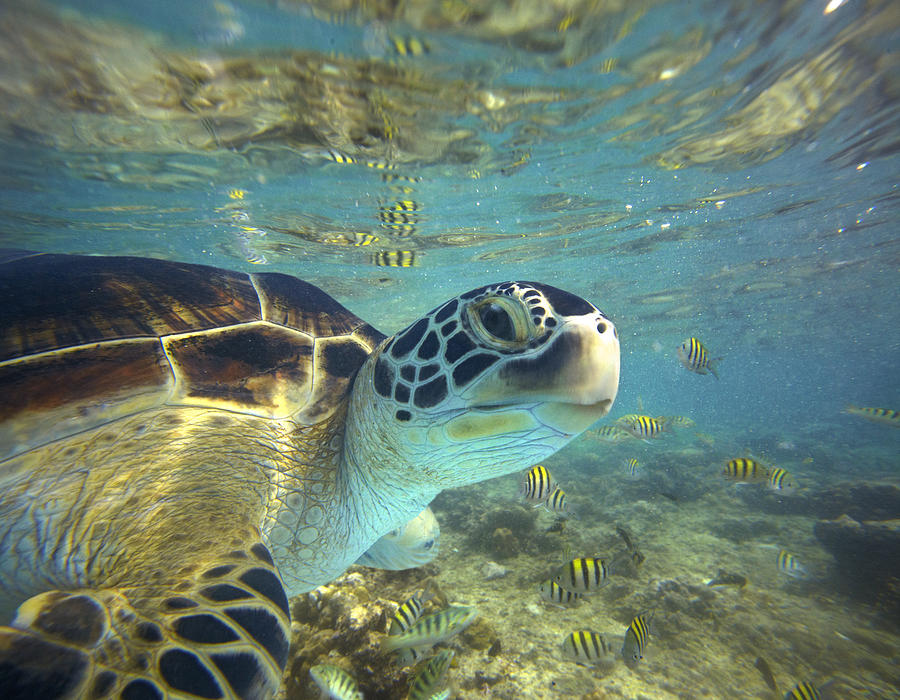

Feeding ecology and dietĪll but one species of seaturtles are primarily carnivorous, feeding on sponges, mollusks, crustaceans, barnacles, sea urchins, or fish. Seaturtles enter temperate seas during the summer but usually either migrate to warmer waters or bury themselves in the mud in shallow coastal areas for the winter. Some species congregate off the sandy nesting grounds and then nest en masse in large groups called "arribadas." Most nesting is done at night, but one species is a diurnal nester. Seaturtles (males and females) often make extremely long migrations between feeding and nesting grounds (at least 190 mi in some cases). Hatchling and small juveniles of most species apparently are mostly pelagic. HabitatĬoastlines on the continental shelves, where feeding and nesting sites are most abundant. Some seaturtles range well into temperate seas, including the Mediterranean Sea. DistributionĪll tropical and subtropical oceans. The plastron is somewhat reduced, lacks a hinge, and is connected to the carapace by ligaments. Solid bony roof, and a head that cannot be retracted within the shell. Large marine turtles with a low streamlined shell covered with scutes, paddle- or flipper-like forelimbs, a skull with a Because of uncertainty about the phylogenetic relationships among the five living genera, no subfamilies are currently recognized. Fossils are known from as early as the Cretaceous period.

The Cheloniidae are most closely related to the leatherback turtles of the family Dermochelyidae. Marine ecosystems, circumtropical to temperate regionsĬritically Endangered: 2 species Endangered: 3 species Data Deficient: 1 speciesĪll oceans, Mediterranean Sea Evolution and systematics That's why it's essential for conservationists and others to keep fighting for the protection of animals that need us now more than ever.Large marine turtles that have a low, streamlined shell covered with scutes and that have paddle- or flipper-like forelimbs But it’s good to know that we can make a difference in helping those same species bounce back - simple steps in habitat restoration and animal protections combined with the resiliency of these amazing species can make a difference. It can feel overwhelming to think that nearly all of the world’s species are threatened by global climate change, hunting or habitat destruction. But thanks to a team effort from state and federal agencies, as well as conservation groups, it's made quite the comeback: Since then, the largest reptile in North America is no longer endangered, with an estimated 5 million alligators spread out across the southeastern United States. In 1967, it was placed on the Endangered Species List.
Green seaturtle skin#
In the 1950s, the American alligator was nearly hunted to extinction so that its skin could be fashioned into shoes and purses. In 2014, the birds were down listed from endangered to threatened as their numbers rose worldwide. And even more importantly, a massive Everglades restoration project in 2000 helped restore the natural flow of water so that wood storks were once again able to hunt efficiently in Florida waters. This led to an expansion of the population. In the 1970s, when they couldn’t find food in the Everglades wood storks expanded north and began nesting and foraging in the Carolinas. They’re a Goldielocks bird, meaning when conditions aren’t just right they have trouble feeding,” Picardi says. But when there aren’t enough fish they have trouble finding food. Once they do, their beaks slam shut, an instinctive response that’s among the fastest in the animal kingdom.

These massive birds feed by feel, meaning they drop their beaks into the water and wade until they find a fish. Fish stores plummeted and so did the number of woodstorks, says Simona Picardi, an assistant professor of ecology at Utah State University. Inland water had been diverted from the Everglades as a result of development. A few decades ago, the wood stork was on the brink of extinction.


 0 kommentar(er)
0 kommentar(er)
